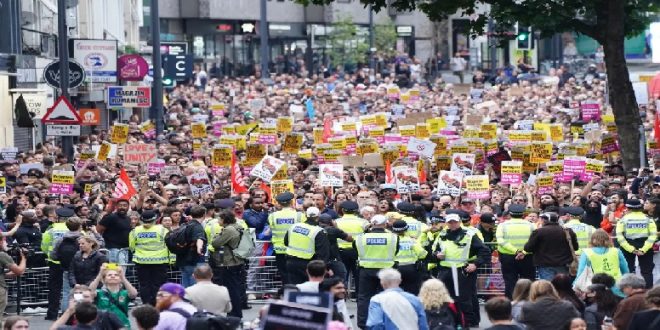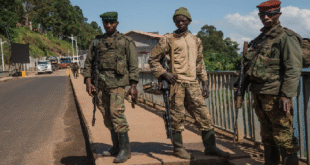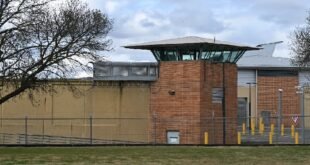06-02-2025
LONDON/ MIDDLESBROUGH: In the middle of last year, Shazia Noor Ghani’s phone was a relentless barrage of anxiety, fear, and heartbreak.
A mother of three, she found herself at the centre of a desperate crisis, managing a hotline that was inundated with calls from terrified Muslim women in Middlesbrough, as the town descended into hate-fueled riots.
T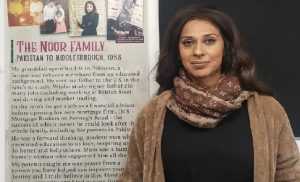 he wave of chaos, which hit various towns and cities, was one of the largest demonstrations of racist violence in living memory to hit the UK.
he wave of chaos, which hit various towns and cities, was one of the largest demonstrations of racist violence in living memory to hit the UK.
At one point in the northern port town of Middlesbrough, a group of white men set up a makeshift checkpoint, halting traffic and interrogating drivers about their ethnicity, demanding to know if they were “white” or “English”.
“I didn’t get off the phone for three days,” Ghani recalled, her voice tinged with exhaustion as she relived those dark days.
“I was just getting nonstop calls from terrified Muslim women asking for advice. It was so traumatic. They didn’t know what to do. They didn’t know where to go. ‘Are we allowed out? Can we go get milk?’”
Some were victims of attacks.
“Oh my God. My windows have been smashed,” one caller cried, said Ghani.
She is the founder of Nur Fitness, a community organization in Middlesbrough that offers a safe space for women of color. The initiative is home to a women’s gym and a range of services, from mental health workshops to support for victims of domestic abuse.
As she sat in her office on a quiet wintry Friday afternoon, dressed in a long brown cardigan and matching scarf, Ghani reflected on the uncertainty and fear she felt at the time.
Behind her, the walls are lined with display boards advertising community events and support services.
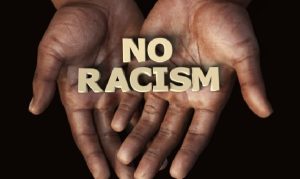 “I am probably one of the most confident women you’ll ever come across,’ said Ghani. “Nothing phases me but I was scared to walk out of my house.”
“I am probably one of the most confident women you’ll ever come across,’ said Ghani. “Nothing phases me but I was scared to walk out of my house.”
Muslim women disproportionately bear the brunt of Islamophobia, with those visibly identifiable as Muslim more likely to be targeted in anti-Muslim hate crimes.
“It really is different when you wear the hijab,” said Ghani. “You are treated totally differently.”
In October, the Guardian reported that there were 4,971 anti-Muslim attacks and incidents of abuse in the previous year, citing data from Tell MAMA, an Islamophobia monitor.
Shahla Khan, a 40-year-old of mixed Pakistani and Indian heritage who has lived in Middlesbrough all her life, said that while the riots were quelled within days as police clamped down on suspects, the kind of racism that was unleashed during the turmoil has not ended.
Weeks ago, Khan was racially abused while walking through the town.
“Racism has picked up really badly here,” she told media. “Even after the riots, business slowed down for takeaways and restaurants. People would come in and say, ‘Bloody hell, you p***s are still here.”
She blamed politicians and the media for failing to investigate the proliferation of discriminatory narratives.
The riots were organized by online agitators who falsely blamed a fictitious Muslim immigrant for the deadly stabbing of three young girls in Southport, a town about 150km (100 miles) south of Middlesbrough. But 18-year-old Axel Rudakubana, who killed Bebe King, aged six, Elsie Dot Stancombe, seven, and Alice da Silva Aguiar, nine and was recently sentenced to 52 years in jail, was neither a Muslim nor an immigrant. (Int’l Monitoring Desk)
 Pressmediaofindia
Pressmediaofindia
